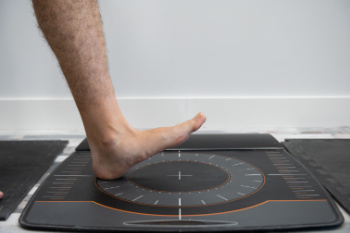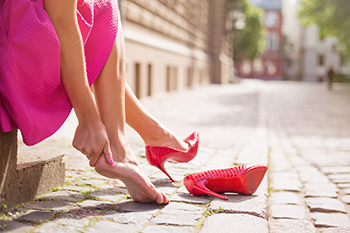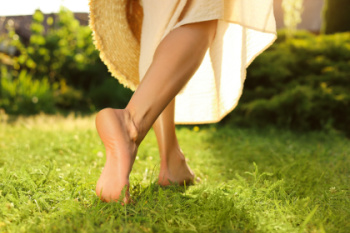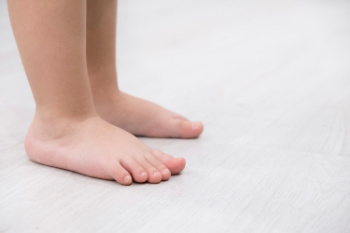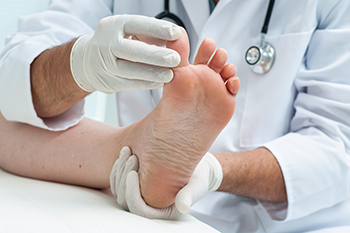
Athlete's foot, medically known as tinea pedis or ringworm of the foot, is a fungal infection that commonly affects the skin between the toes and on the soles of the feet. It thrives in warm, and moist environments such as sweaty shoes and locker rooms. Symptoms include itching, burning, redness, flaking, and cracking of the skin. In severe cases, blisters or ulcers may develop. Effective treatment often consists of prescribed antifungal creams or oral medication. Additionally, It is essential to keep the feet clean and dry, wear breathable socks and shoes, and avoid walking barefoot in public areas to prevent spreading the infection. If you have athlete’s foot and symptoms persist or if there are signs of a secondary bacterial infection, it is advisable to consult a chiropodist for proper diagnosis and management.
Athlete’s foot can be uncomfortable and unsightly. To learn more about preventing and treating this condition, please consult with one of the specialists from Thornhill Foot Clinic. Our chiropodists will assess your condition and provide you with quality foot and ankle treatment.
What Is Athlete’s Foot?
Athlete’s foot refers to an infection of the skin on the feet that is caused by a fungus. This fungus is contagious and thrives in warm and moist environments. It is often spread in common areas such as public pools, locker rooms, and showers. It can also spread when sharing personal items, like shoes or towels, with an infected person.
Symptoms
The symptoms of athlete’s foot may include:
Itching, stinging, or burning of the skin on the feet
Cracking or peeling skin, especially between the toes and on the soles of the feet
Scaly, red rash on the foot
Blisters
Foul odor
Treatment
Treatment for athlete’s foot typically involves using over-the-counter topical antifungal medications on the feet. When over-the-counter options are ineffective, you may need to take prescription oral medications or topical antifungal drugs, or a combination of both.
Prevention
Preventing athlete’s foot places an emphasis on good foot hygiene practices.
You can prevent athlete’s foot by:
Washing and drying your feet thoroughly every day
Wearing shoes when walking in public areas
Not sharing personal items, like shoes or socks, with others
Wearing shoes and socks made out of breathable materials
If you have any questions, please feel free to contact our office located in . We offer the newest diagnostic and treatment technologies for all your foot care needs.
